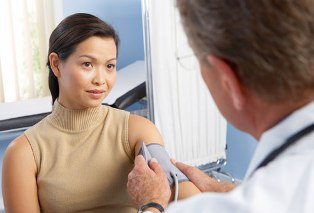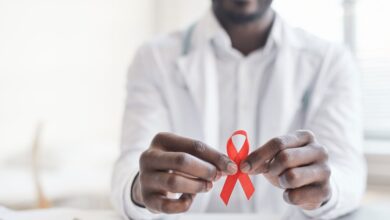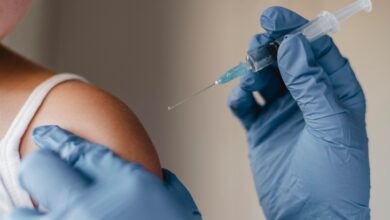Avoid getting a stroke

The are illnesses that we like to associate with certain people or age groups, take for example heart attacks are believed to only attack old people and it’s not true. Stroke is one of those illness, Stroke attacks about 240 people a day, regardless of age or gender. We see many children with stroke. It isn’t a rare complication.
A quarter of these people do not survive, so stroke kills 60 people every day! Many who do survive have residual disabilities. Behind these numbers are real lives – don’t allow yourself or your loved one to become a statistic.
High blood pressure is the leading cause of strokes. People with healthy blood pressure—less than 120/80—have about half the lifetime risk of stroke as those with high blood pressure, or hypertension. “High blood pressure damages blood vessels throughout the body, making them more susceptible to developing clots.
Stroke symptoms and warning signs
You may be having a stroke if you suddenly experience one or more of these symptoms:
Sudden numbness or weakness especially on one side of the body
Sudden loss of speech, trouble speaking or understanding language
Sudden loss of vision or trouble seeing in one or both eyes, or having double vision
Sudden trouble walking, loss of balance or dizziness
Sudden severe headache with no cause
Prevention
Exercise regularly
Exercise helps reduce blood pressure by making the heart stronger. And the stronger the heart, the less effort it takes to pump blood around the body—so the lower the blood pressure. Physical activity also can help decrease the risk of developing diabetes and control cholesterol levels, both of which up your chances of a stroke.
Drink moderately
Experts aren’t clear on why alcohol raises blood pressure and increases stroke risk, but has shown that having more than two drinks a day is associated with subarachnoid hemorrhage, a particularly deadly type of stroke caused by the rupture of a blood vessel on the surface of the brain; it tends to strike premenopausal women.
Control your weight
Control your weight, so it is normal for your height and build. Gaining a lot of weight is associated with increased risk of stroke.
Eat a healthy diet
Diets high in saturated fat and cholesterol can raise blood-cholesterol levels. Cholesterol tends to adhere to the arteries, and blood tends to stick to those spots, increasing the risk of clotting, eating five or more servings of fruits and vegetables a day may reduce stroke risk.
Stop smoking
Stroke risk decreases significantly two years after quitting and is at the level of non-smokers by five years, research shows. In fact, recent data from the Women’s Health Study showed that women who smoke a pack a day are at increased risk of hypertension. What’s more, the nicotine and carbon monoxide damage the cardiovascular system, leading to a higher risk of stroke.
Take aspirin
Take an aspirin every other day unless otherwise advised by your doctor. Aspirin helps your blood flow more easily.
Reduce stress
Reduce your stress. Chronic stress causes the blood vessels to narrow, which makes blood pressure rise and the heart work harder.
Test blood sugar
Test your blood sugar. Chronic high blood sugar is harmful to the arteries. Free blood sugar testing is often offered at pharmacies. It is also important for people with diabetes to maintain that strict control of blood sugar, it is important to go and see and a doctor if you suspect you might be experiencing a stroke.




